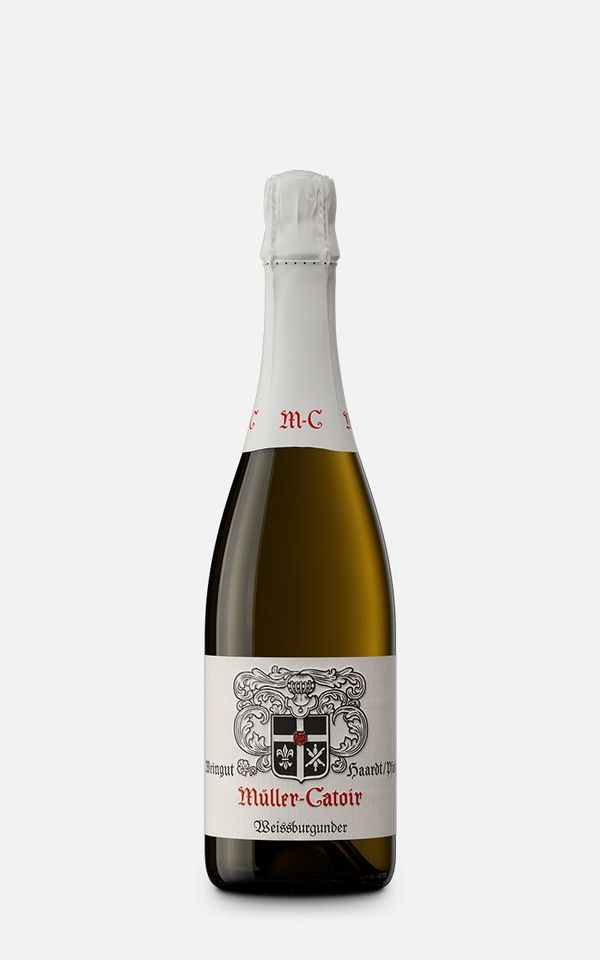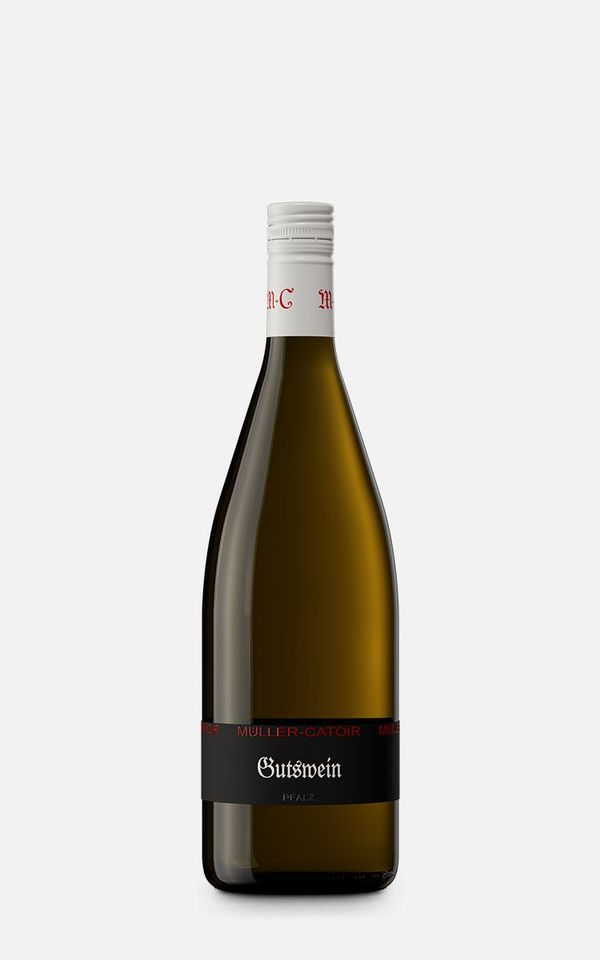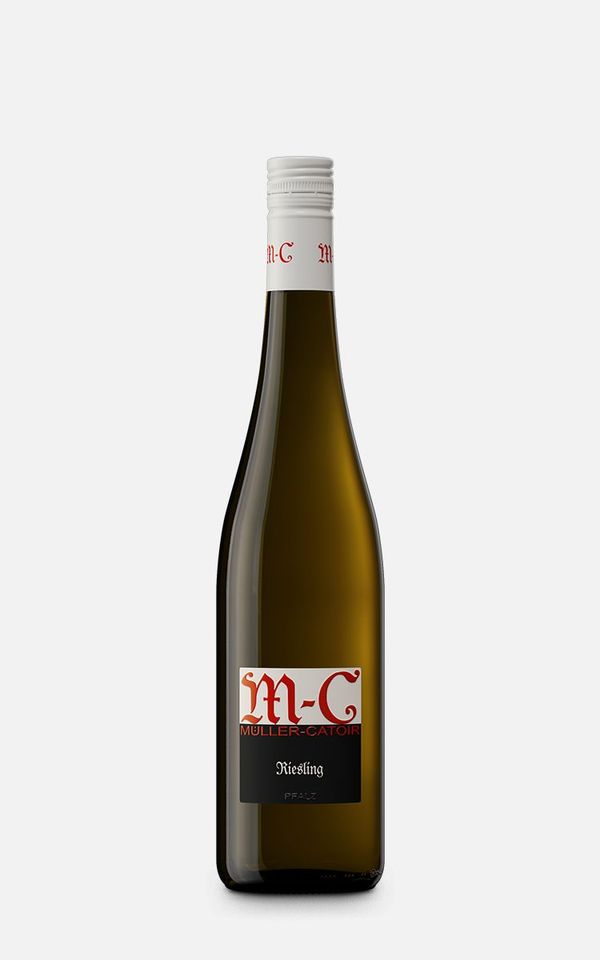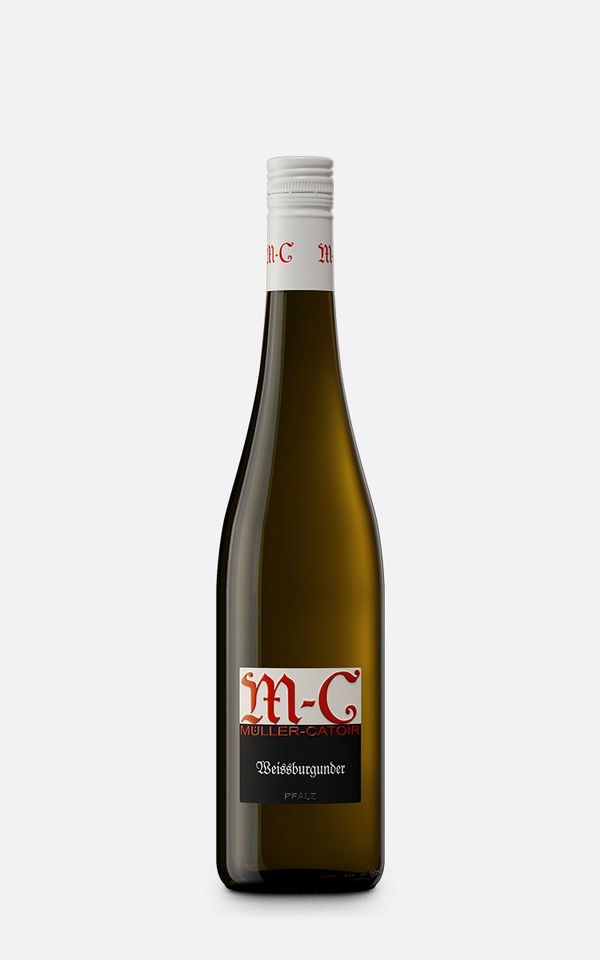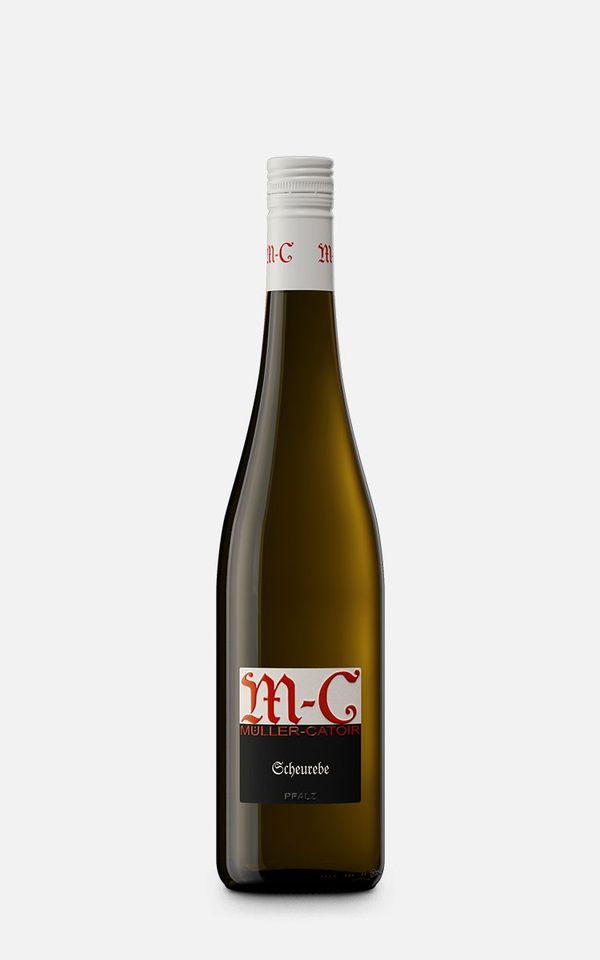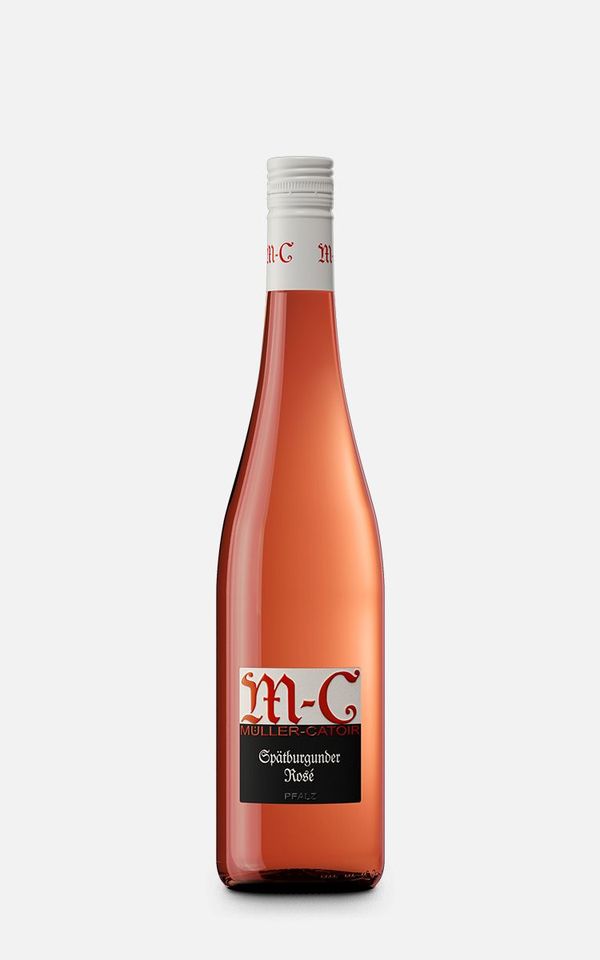Introduction to the soils of
Müller-Catoir
Mineral-rich Haardt sandstone is the basis of the Bürgergarten and Herzog.
Tensions resulting from the folding of the Alps led to the bulging of the earth's crust 45 million years ago and ultimately to the slow collapse of the Rhine Graben. Buntsandstein layers that were formed from desert sand 250 million years ago were raised by around 1000 meters on the shoulders of the graben (Vosges, Palatinate Forest) and laid around 3000 meters deeper inside the graben. Enormous tectonic pressure broke up the layers at the fault edge in a staircase-like manner and brought the fault blocks to the surface on the Haardt edge. Red Buntsandstein was later hydrothermally converted into Haardt sandstone in a narrow strip. Quartz, clay minerals and feldspar characterize the sandy-clayey soil and stone-rich subsoil in a multifaceted way.
The basis of the Vogelsang is a shell limestone block of fossil-rich, hard trochite limestone banks.
Limestone layers formed 238 million years ago in the Muschelkalk Sea were broken down into broken blocks together with the sandstone layers originally underneath. A rare block of trochite limestone is the foundation of the shallow, stony, clayey steep slope.
Limestone and reef limestone form the subsoil in the Herrenletten.
35 million years ago, the Rhine Graben, which had since sunk deeper, was flooded by the sea for millions of years. As the sea slowly retreated, a subtropical lagoon landscape developed 23 million years ago in the mouth of the Speyerbach on the edge of the rift. Fine-grained, clay- and lime-rich limestone layers and individual calcareous algae reefs formed in the brackish water. The finest clay minerals and carbonate determine the extensive nutrient content.
Pebbles and sand are the basis of the Mussbach layers.
10-15 million years ago, the Rhine Graben became a permanent mainland. It was the birth of the original Rhine. From its source near the Kaiserstuhl near Freiburg, it made its way north over 7 million years. Its meanders, carrying pebbles and sand, reached the place where our Mussbach vineyards are today. The coarse-grained, low-clay, lime-free subsoil, which is characterized by quartz, stores little water, is well ventilated and easy to root through.
The almond orchard lies on two meters of loess.
The youngest rock in our vineyards was formed in the cold periods of the last ice age, 100,000 to 11,000 years ago. Dust-fine rock particles were blown out of the dried-up, branched riverbed of the Rhine and deposited as loess in areas of the area where there was no wind. Two meters of fine-grained, porous, fertile loess and the underlying lime marl guarantee an excellent supply of water and nutrients.
